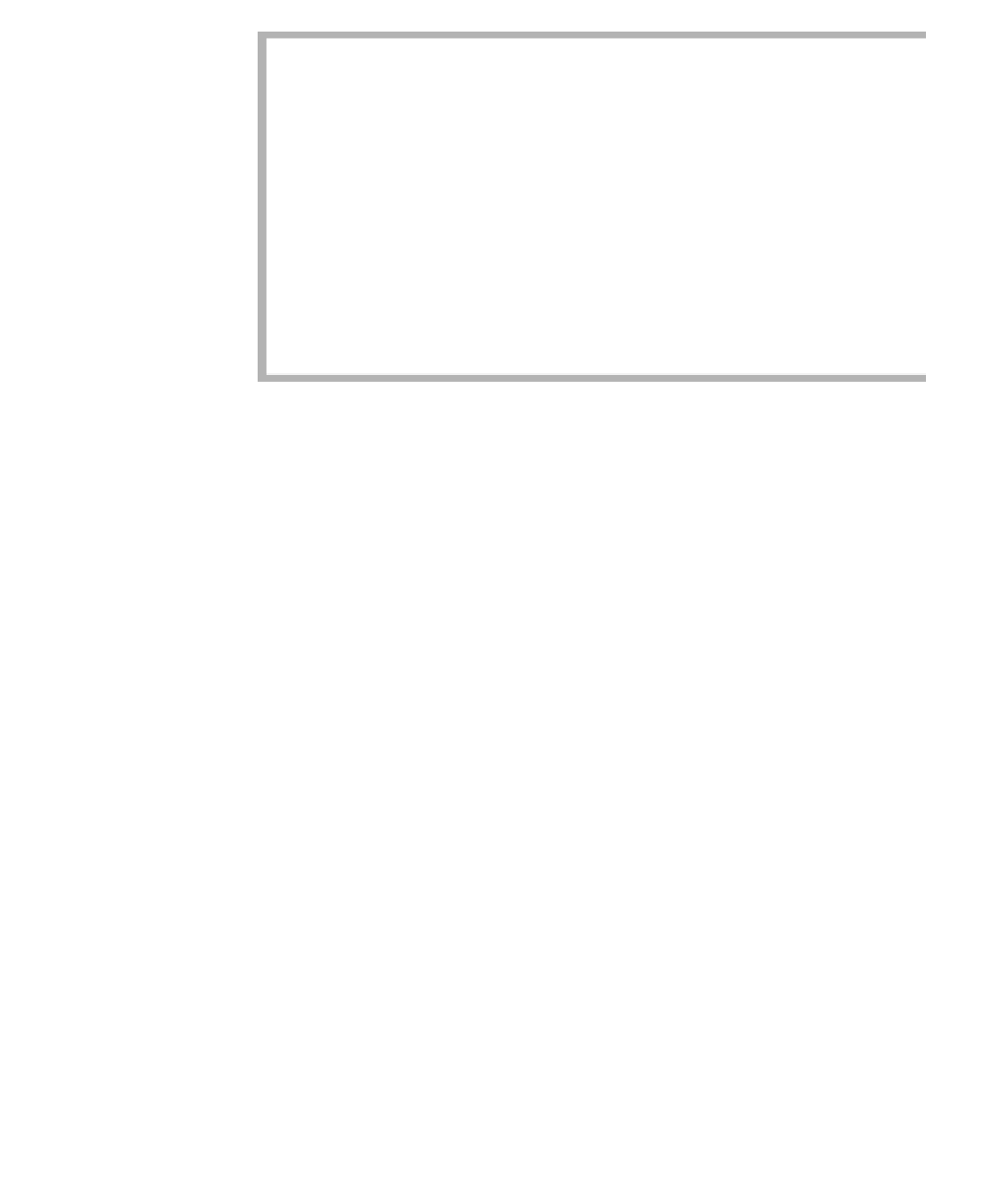Java Reference
In-Depth Information
1
private static class HashEntry implements java.io.Serializable
2
{
3
public Object element; // the element
4
public boolean isActive; // false if marked deleted
5
6
public HashEntry( Object e )
7
{
8
this( e, true );
9
}
10
11
public HashEntry( Object e, boolean i )
12
{
13
element = e;
14
isActive = i;
15
}
16
}
figure 20.10
The
HashEntry
nested
class
types are illegal,
HashEntry
is not generic. The
HashEntry
nested class is shown
in Figure 20.10. The array is declared at line 49. We need to keep track of
both the logical size of the
HashSet
and the number of items in the hash table
(including elements marked as deleted); these values are stored in
currentSize
and
occupied
, respectively, which are declared at lines 46 and 47.
The rest of the class contains declarations for the hash table routines and
iterator. The general layout is similar to that for
TreeSet
.
Three private methods are declared; we describe them when they are used
in the class implementation. We can now discuss the implementation of the
HashSet
class.
The general layout
is similar to that for
TreeSet
.
The hash table constructors are shown in Figure 20.11; nothing special is
going on here. The searching routine,
contains
, and the nonstandard
getMatch
are shown in Figure 20.12.
contains
uses the private method
isActive
, shown
in Figure 20.13. Both
contains
and
getMatch
also call
findPos
, shown later, to
implement quadratic probing. The
findPos
method is the only place in the
entire code that depends on quadratic probing. Then
contains
and
getMatch
are
easy to implement: An element is found if the result of
findPos
is an active cell
(if
findPos
stops on an active cell, there must be a match). Similarly, the
remove
routine shown in Figure 20.14 is short. We check whether
findPos
takes us to
an active cell; if so, the cell is marked deleted. Otherwise,
false
is returned
immediately. Note that this lowers
currentSize
, but not
occupied
. Also, if there
are many deleted items, the hash table is resized, at lines 16-17. The mainte-
nance of
modCount
is identical to the other Collections API components previ-
ously implemented.
clear
removes all items from the
HashSet
.
The
add
routine is shown in Figure 20.15. At line 8 we call
findPos
. If
x
is
found, we return
false
at line 10 because duplicates are not allowed. Other-
wise,
findPos
gives the place to insert
x
. The insertion is performed at line 12.
Most routines are
just a few lines of
code because they
call
findPos
to per-
form quadratic
probing.





Search WWH ::

Custom Search